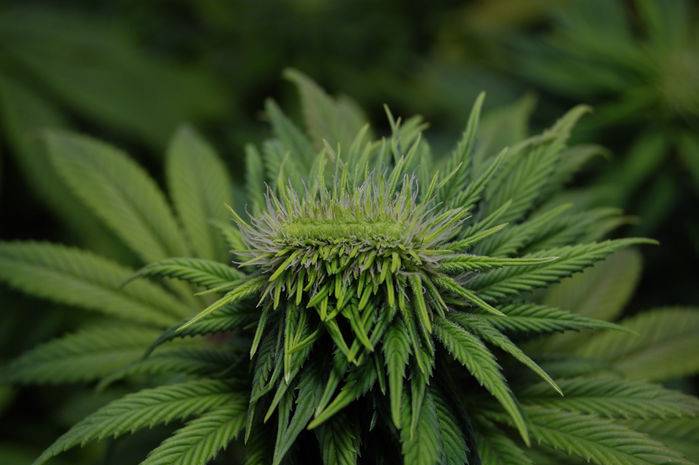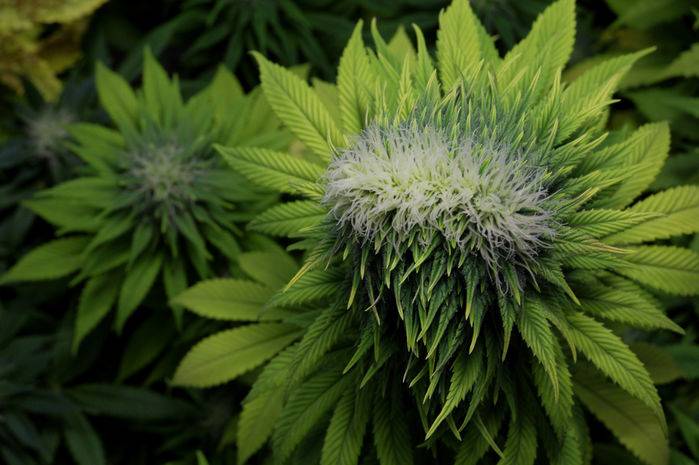Sounds like a plan 
But yes the capitalism is spilling out everywhere, even here.
I have a dream of living way out in the bushes with some acres to go with it,
and then just go into exile! i hate politics, they are a mere "trick of the trade" and the trade being - fooling you out of your money! but yeah lets keep that talk elsewhere as i would hate for this thread to be closed!
- Strains
But yes the capitalism is spilling out everywhere, even here.
I have a dream of living way out in the bushes with some acres to go with it,
and then just go into exile! i hate politics, they are a mere "trick of the trade" and the trade being - fooling you out of your money! but yeah lets keep that talk elsewhere as i would hate for this thread to be closed!
- Strains




